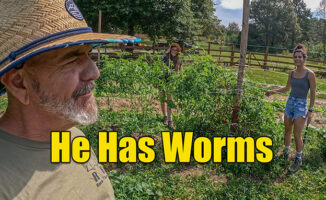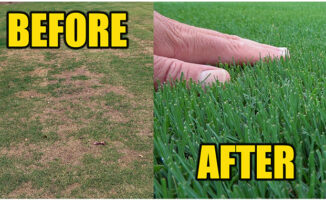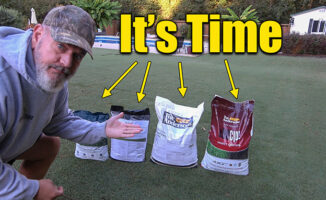Fall Lawn Care – Fall Grubs
Doc shows you some easy signs for detecting grubs in your lawn. Updates the fall crabgrass treatment and more.
Fall Lawn Products Used
PGF Complete Fertilizer – MAY SHOW “currently unavailable” more coming soon.
Lawn Grub Info
Home lawns often are subject to severe and extensive injury by the larval stages (grubs) of various species of scarab beetles. Japanese beetles and northern masked chafer grubs are the predominant damaging white grub species associated with home lawns. Several other white grub species including Asiatic garden beetle, European chafer, green June beetle, May and June beetles, and Oriental beetle are occasionally observed in home lawns and may cause significant damage.
Grubs are dirty white, soft bodied, and robust with a brown head and six well-developed legs, with exception of green June beetle grubs, which do not have well-developed legs. When the turf is lifted to expose the grubs, they usually will be lying on their sides in a C-shaped position.
The size of a white grub varies with the species and its age. Full-grown third-instar Japanese beetles and northern masked chafer grubs average slightly over one inch in length. White grub species can be distinguished by examining the grub’s raster pattern. The raster is a grouping of definitely arranged hairs, spines, and bare spaces on the underside of the last abdominal segment in front of the anus.
Japanese beetle grubs have a V-shaped raster pattern, while northern masked chafer grubs have a nondescript “random” raster pattern (Fig. 3). Adult beetles differ considerably in color markings, shape, and size. Japanese beetle adults are brilliant metallic green, 3/8 to 1/2 inch long, bearing coppery brown wing covers, with five lateral spots with white hairs on each side of the abdomen, and short gray hairs covering the underside of the insect.











